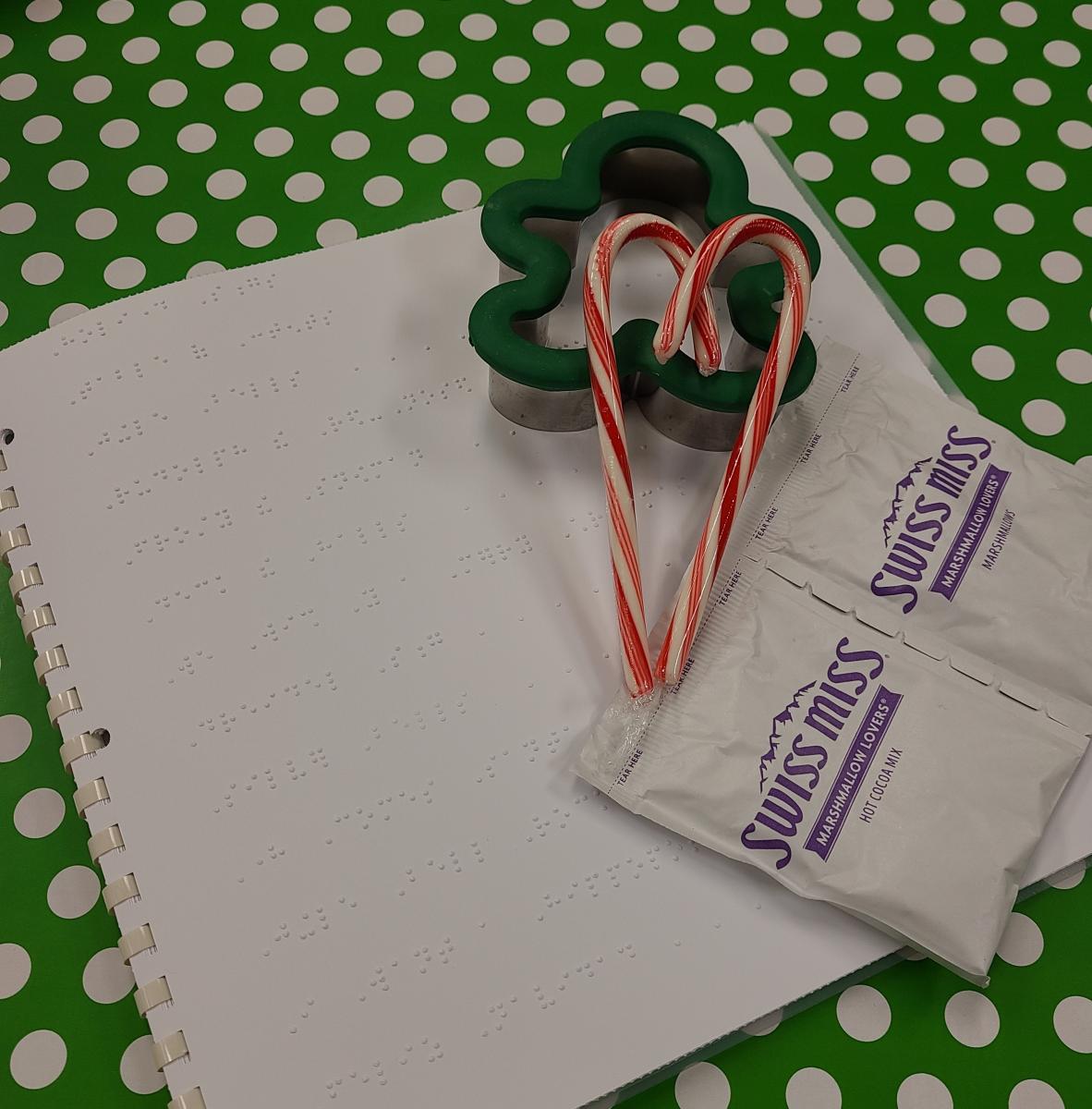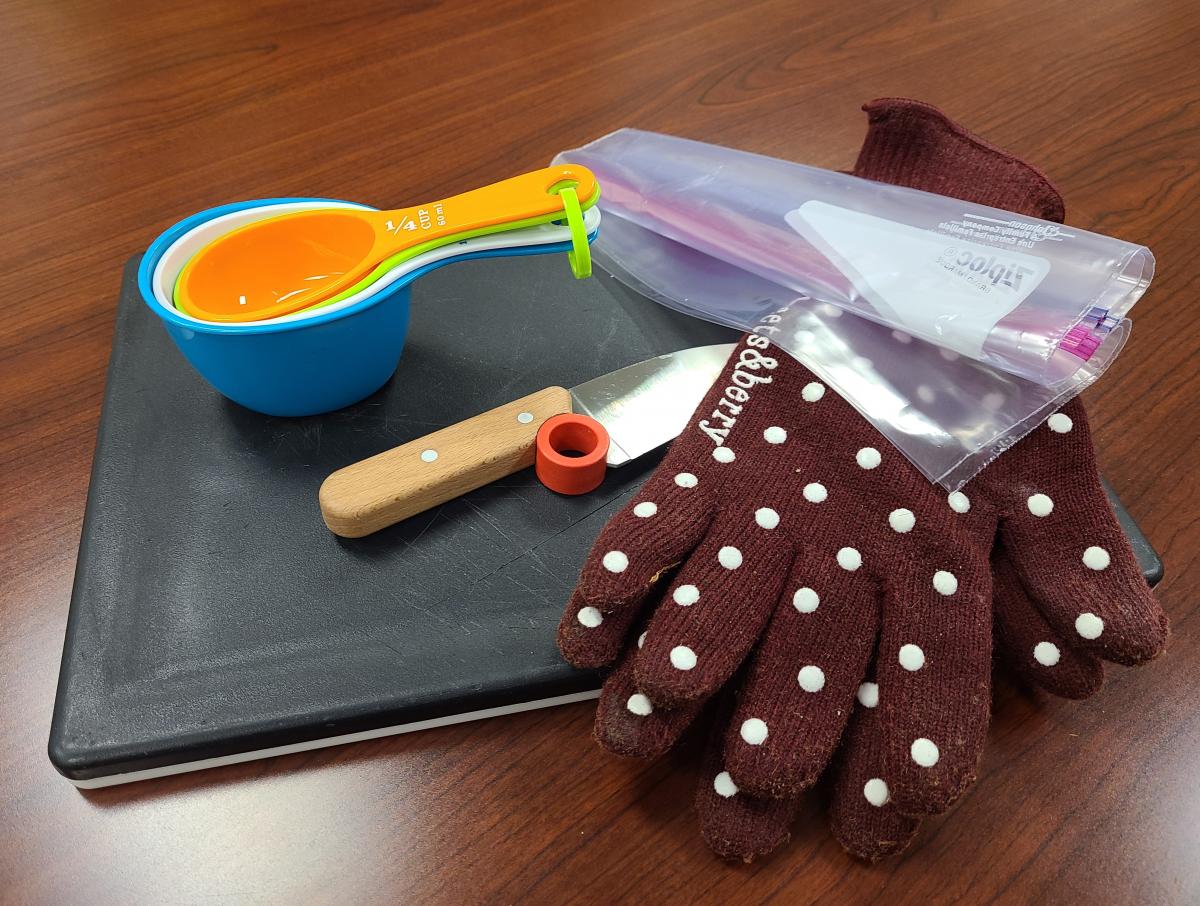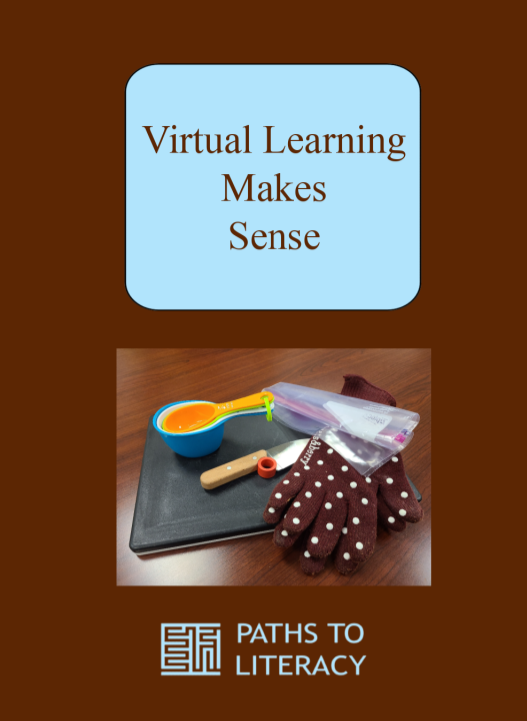Virtual Learning Makes Sense
In the State of Connecticut, as Teachers of Students with Visual Impairments, we have access to students in many different districts. With just a few inquiries, a TVI in CT is able to compile a group of students of a similar age who use similar learning media.
Social Activities
Years ago, we were able to form pen pal friendships and allow those friends to meet during learning excursions pre-pandemic (at a museum, playground, or planned cooking lesson).
During the pandemic, when most of this group was learning remotely for over a year, we planned virtual group activities to keep the social ties when in person events weren’t possible. Now we’re going hybrid.
Pen Pal Peer Group
Six years ago, I had a student who thought that she was the only kindergartener in the world who had to learn braille. We created a braille pen pal peer group. This student was introduced to another student who happens to love her cane. Positive peer interactions have helped these students understand that they aren’t the only ones who need to learn braille, rely on a cane as an anticipator in their environment to make them more independent, use braille measuring cups, etc.
We Decided to Create Virtual Social Opportunities for These Students During the Pandemic
The pandemic was very hard. Many of our students, as tactile learners, voluntarily participated in their school district's version of remote learning. This meant the loss of daily interactions with peers outside of their family in many cases. As the connection of friendship had already been established with their group of peers who shared their learning media or had a visual impairment, a group of TVIs and I decided to try to continue the social connection.
Holiday Sing Along
We began near the holidays with a virtual Holiday Sing Along. We prepared (with the help of transcription software, an embosser and a couple of willing, knowledge people) a holiday song book—in large print and braille, according to our students’ preferred learning media. We found jingle bell necklaces at the dollar store and a package that included a song book and bells was sent to each student. To their parents, we sent out a time and a Zoom link. Each TVI talked to her student(s) about the rules of the evening. Each child could choose to do a solo from the book, or not, with the accompaniment of their choice. They didn’t have to do a solo—it was only if they wanted to do it. Then each child would choose a song from the book to lead the group in singing. At the appointed time, each student came on with the book that had arrived for them. I can’t express the connection and joy without getting teary.

In the winter of 2021, we did repeat the virtual Holiday Sing Along—but this year added a hot cocoa component.
Cooking Series Event
We followed this with a cooking series for the group. As they were each in their home, we told each family that one adult figure would be required to monitor as we taught virtual lessons about spreading, toasting, making a fruit salad (slicing), and making ice cream in a bag (measurement).
This series involved much preparation on the part of the TVIs. Each student was sent the adaptive equipment ahead of time to support the teaching of skills.
The actual virtual sessions were set up so that there was a time of teaching/learning and a time to socialize in each lesson. This allowed for that social connection while also taking advantage of a household adult knowing what the steps were to help their student be more independent. After the spreading lesson, one student even treated his family to breakfast. We are hoping that there will be more follow through and carry because of the involvement of the parent than when skills have been taught outside of the home.

Hybrid Activities
As the pandemic lets up, we are going hybrid. We are now working on a series about Self-Advocacy.
Our first session in the series was virtual as we allowed our students to watch a video having components of a vision statement.
Our next sessions will be in person as we learn about the eye through both a plastic hands-on model and cow eye dissection, and a chance to visit a dog guide school.
Through this pandemic time, we have learned how to use virtual teaching/learning. With the experience that we had last year, we’ve been able to put together a plan that transcends snow days and the difficulties of transportation during December, arguably the busiest month of the year for families (also, mitigating germ spread). We can use virtual means when everyone is just going to be tuned into technology anyway. We can reserve the troubles of transportation for those in person events that need to be in person.
Virtual Learning Doesn't Have to be Inferior
Virtual learning was once thought inferior. Over the past two years, it has shown that it has a place and time. In person teaching has proven its advantages but virtual learning has its advantages too. We can do more with students when we can utilize each of these learning/teaching modes.
A List of Successful Remote Opportunities for Students who are Visually Impaired and Blind in 4th-6th Grade:
- Holiday Sing-Along
- Book Club
- Mad Libs
- Teaching Series: Cooking-Spreading (toasting), Making a fruit salad (slicing), Making ice cream in a bag (measuring)
- Self-Advocacy: The Vision Statement

